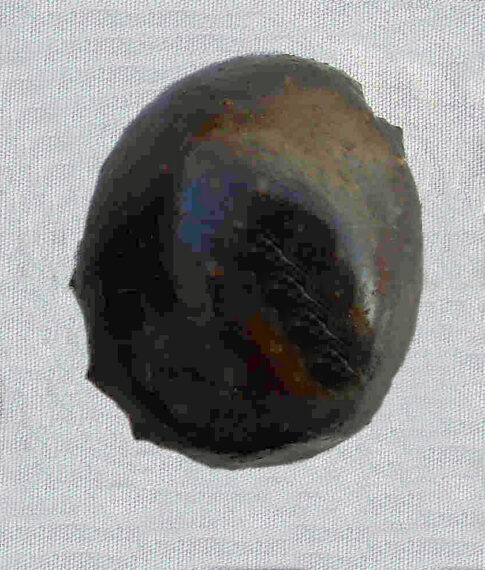Onchidiidae Family of False Chitons
One False Chiton of the Onchidiidae Family can be found in this website:
 Mexican Chiton, Onchidella binneyi. A representative of the Onchidiidae Family of False Chitons.
Mexican Chiton, Onchidella binneyi. A representative of the Onchidiidae Family of False Chitons.
This page is under development. We apologize for the delay.